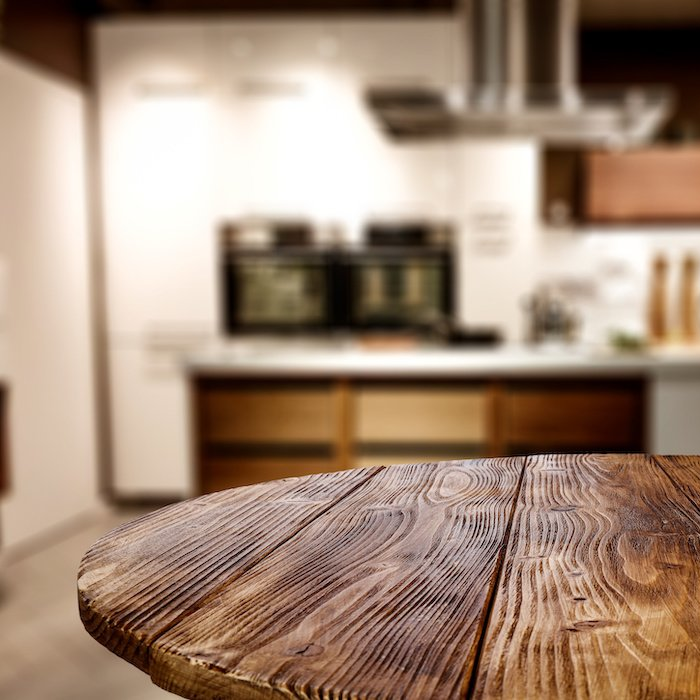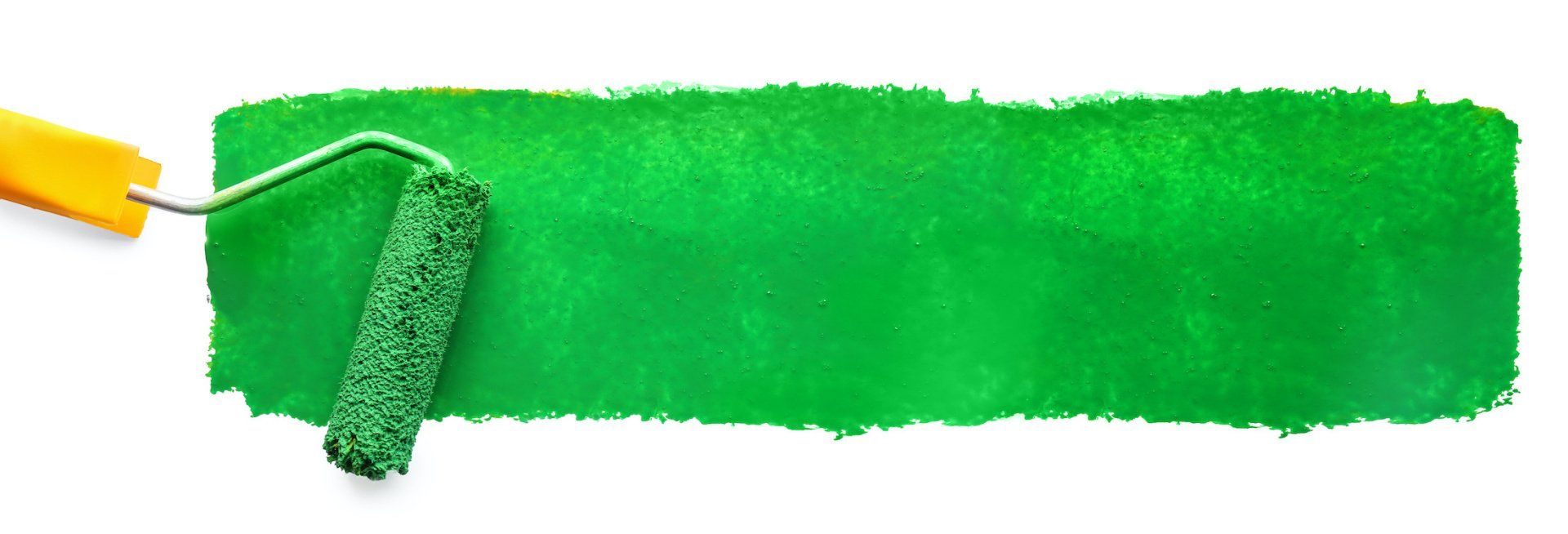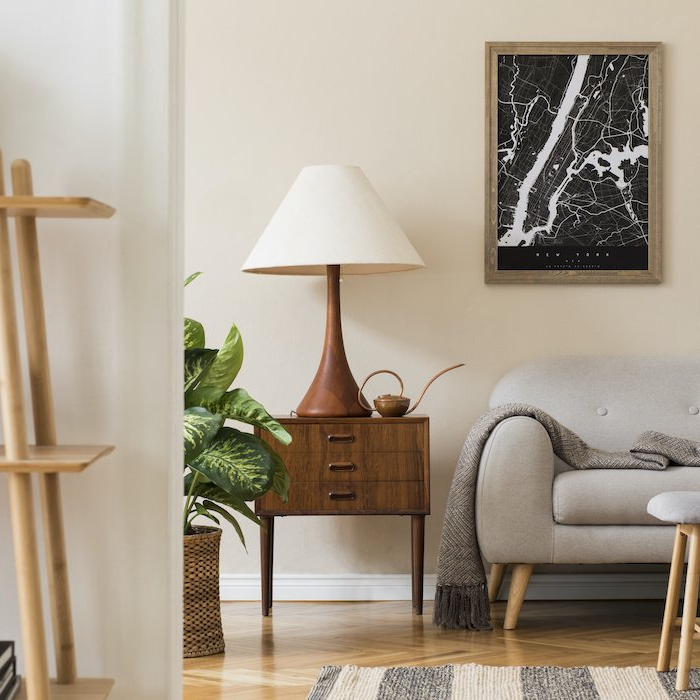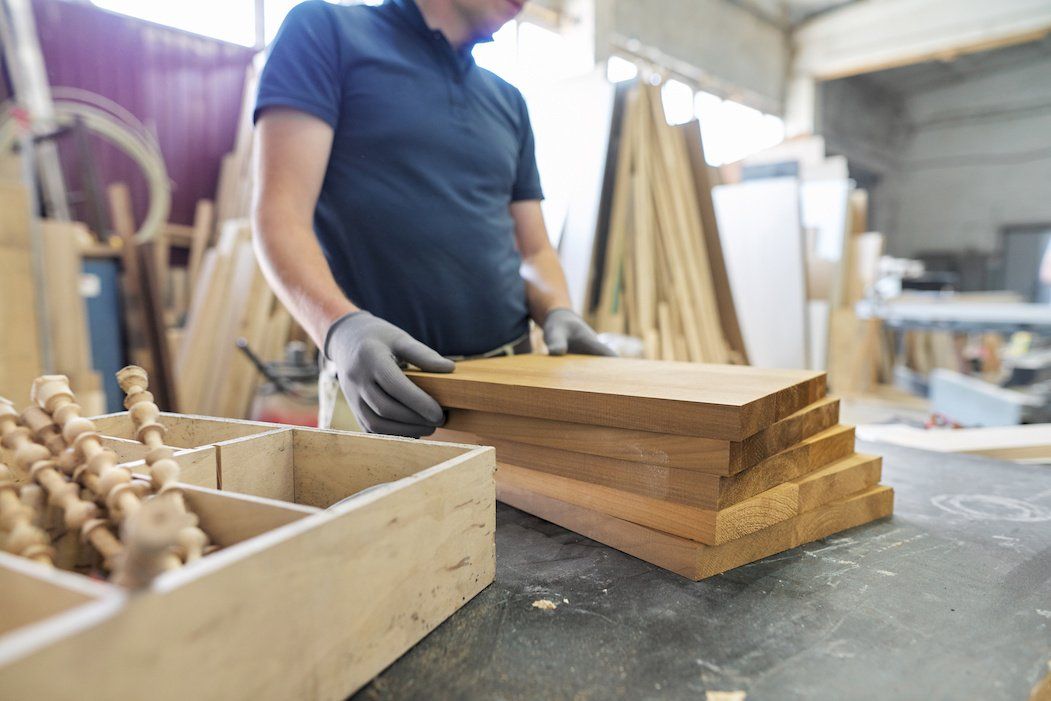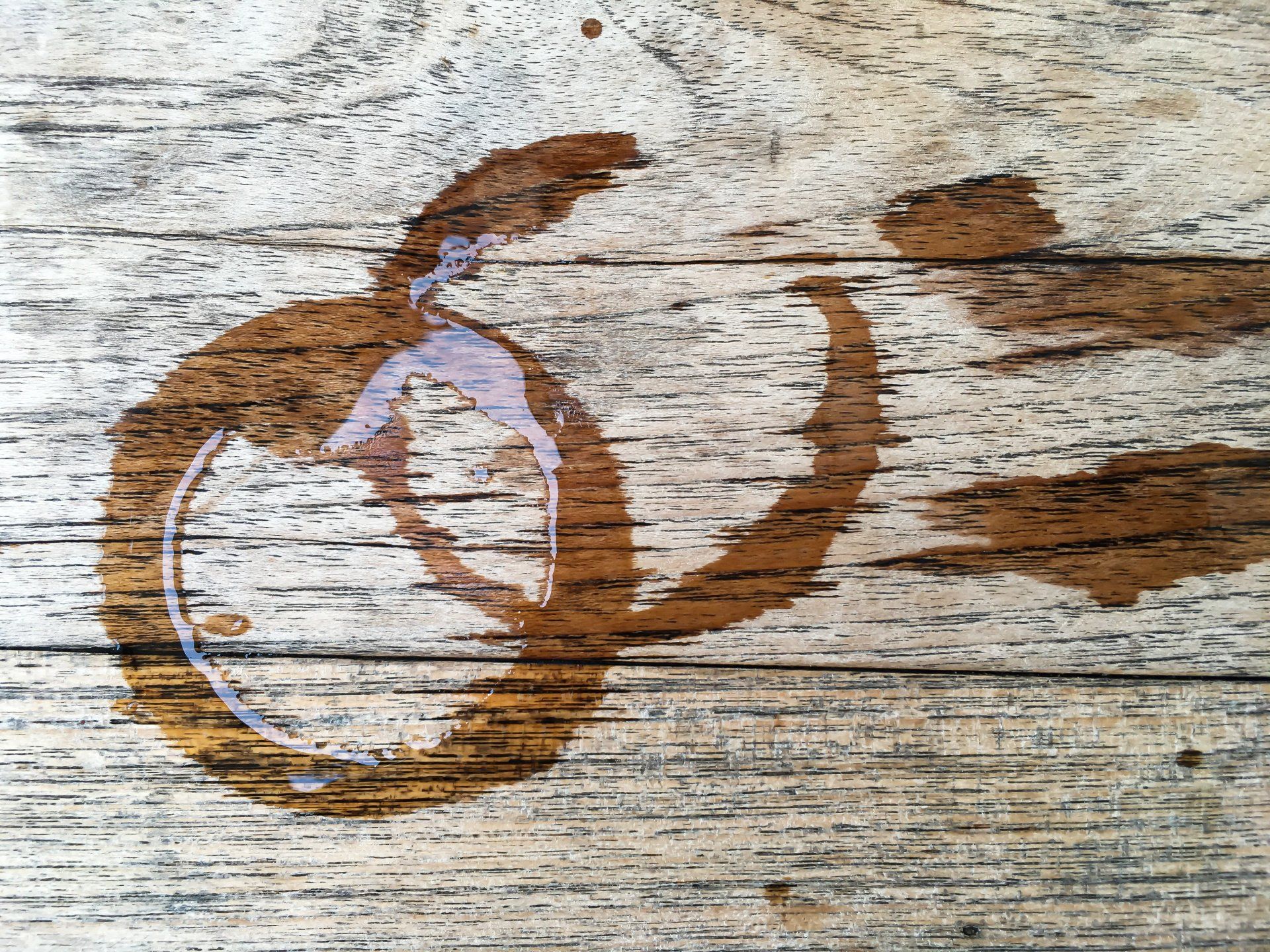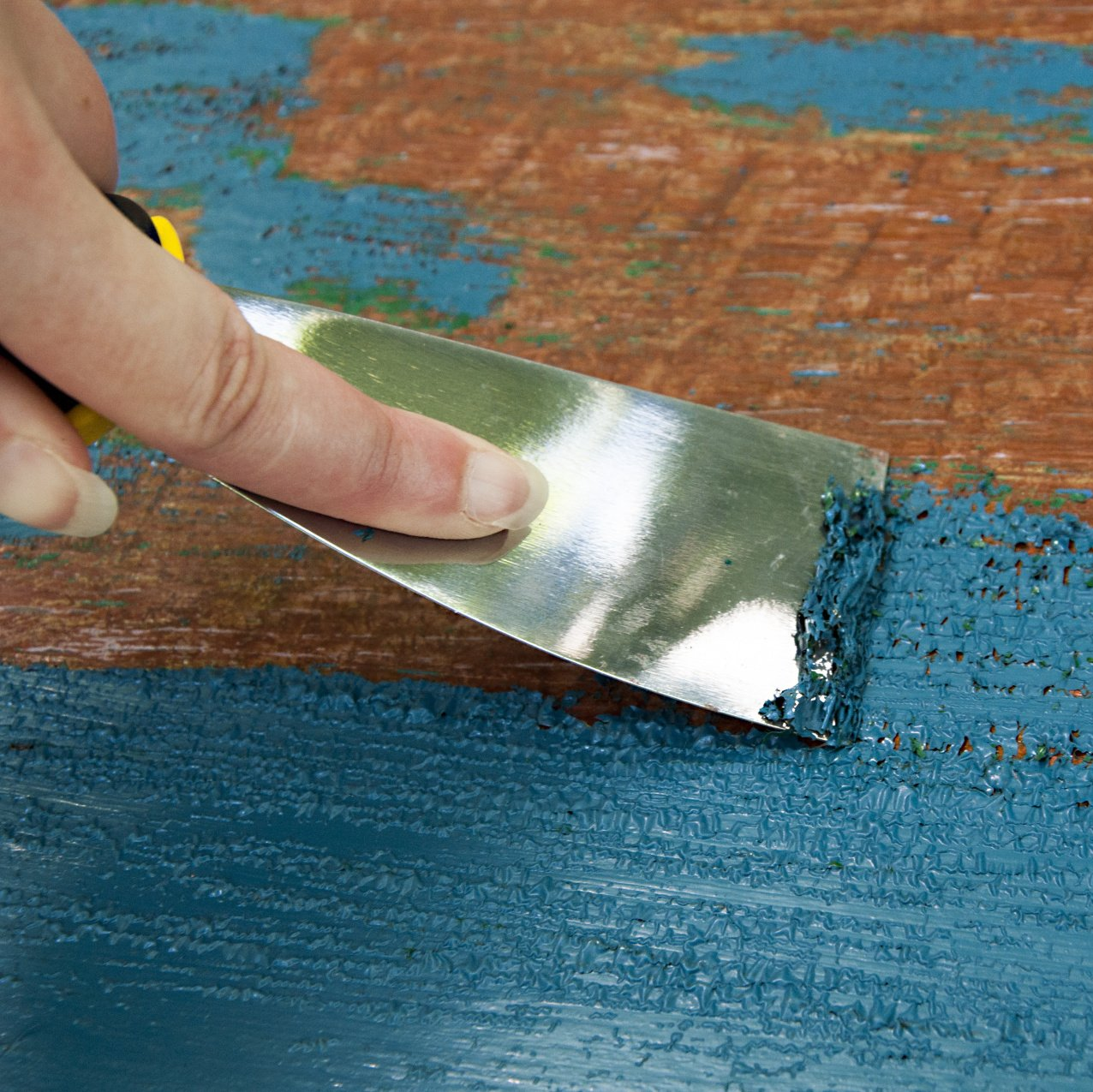How to Deal with Pain from “Painter’s Shoulder”
Sam Lutz • July 1, 2014
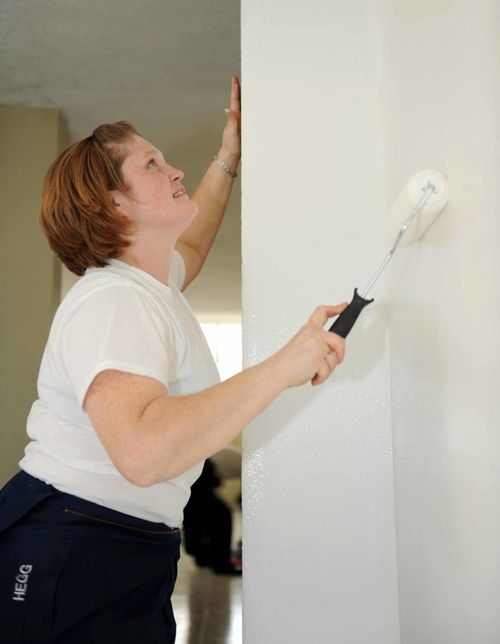
Painter’s shoulder is the painful condition that occurs from painting for extended periods of time in difficult to reach areas. At Ace Paints and Unfinished Furniture, we hope you never experience this problem. Here are some ways you avoid the pain that could be associated with improper postures during painting.
Why Does Painter’s Shoulder Occur?
Repetitive overhead motion, like the type of movement that occurs when you paint the upper portions of a room, can do damage to your shoulders in a variety of ways. Many times, this damage occurs when the rotator cuff becomes pinched between the shoulder joint and the roof of the shoulder.
This condition is called “impingement syndrome” and in the early stages can be identified by shoulder aches and tenderness, and sharp pains when reaching behind the back. Symptoms from persistent, untreated problems include limited range of motion and decreased strength from disuse.
In addition to impingement syndrome, professional painters in particular are susceptible to a variety of rotator-cuff conditions that range from tendonitis to partial or even full tears. These injuries are both painful and limiting, and can prevent people from completing everyday tasks.
Alleviating Pain
If you are experiencing pain in your shoulder, use these techniques to help alleviate your symptoms:
- Take an extended break (at least a few weeks) from painting: Continuing to paint will only do further damage to your shoulder, and can lead to more serious conditions.
- Ice your shoulder daily: A bag of ice placed on your shoulder for 15 to 20 minutes can reduce inflammation. Remember to place a towel between your shoulder and the ice.
- Perform light stretches to reduce stiffness once pain has gone: You may experience some stiffness in your shoulder when the pain starts to go away. Light, daily stretching may reduce some of this stiffness and improve your muscle strength in those areas.
This literature from UC Berkeley
shows some of the stretches that can be helpful in rehabilitating rotator cuff injuries, and also recommends contacting your physician if your symptoms persist for more than 2 to 4 weeks.
Prevention
You can prevent these problems from ever occurring. If you’re undertaking a large painting project in the near future, use these techniques to help you avoid shoulder injury.
- Perform stretches before painting: Loosen your muscles before getting started, to avoid issues associated with tense muscles.
- Use ladders and extension poles to help you reach high places: The less reaching you have to do, the better.
- Take turns painting near the ceiling: Paint with a partner or two, and rotate between jobs. While one person paints near the ceiling for 15 minutes, one person may paint near the floor. Then, switch off.
- Take breaks when painting: Stop frequently during the day to give your arm and shoulder a rest.
Further Reading
There’s quite a bit of online reading about alleviating rotator cuff pain, prevention and available treatments. This includes:
- University of Maryland Medical Center provides an excellent page about rotator cuff injuries, including signs and treatment.
- This article in the Chicago Tribune includes an informative section near the end about ergonomic painting tools, which could be useful for both casual & professional painters.
- American Painting Contractor has an excellent and informative article regarding ergonomic issues associated with painting.
Comments? Suggestions?
What works for you? Do you have suggestions? We would like to hear from you about your ergonomically proper painting techniques. Leave a reply in the box below to post a comment.
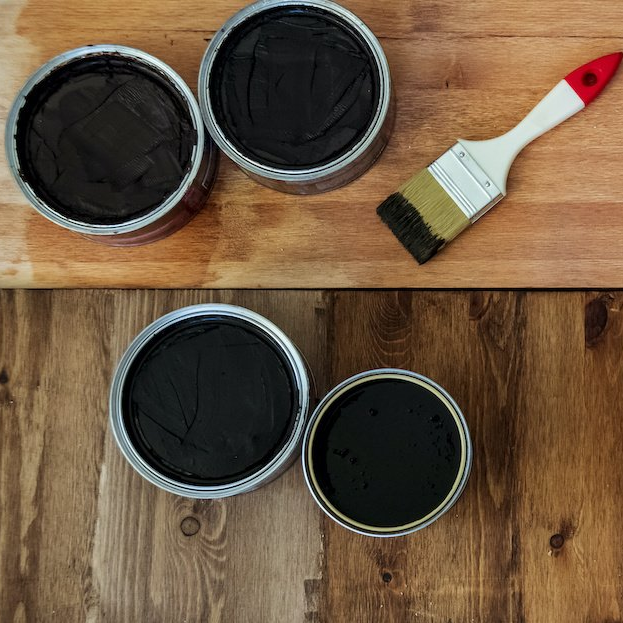
One of the wonderful things about good wood furniture is that it doesn’t have to be merely functional. It can be beautiful as well. We’ve seen some amazing pieces made with wood stains that are more than just furniture, they’re works of art. So if you’ve got an old table, desk or other piece of wood furniture that needs jazzed up, why don’t you consider using some of our great stains to try one of these ideas.

